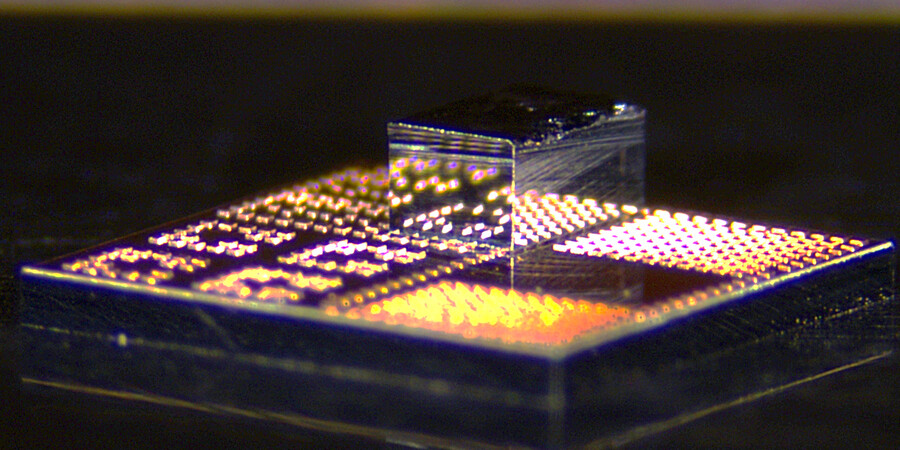The quantum community came together to witness the debut of the 433-qubit IBM Quantum Osprey processor — and to dive into the newest Qiskit Runtime capabilities that will accelerate research and development and build towards quantum-centric supercomputing.
The theme of the 2022 IBM Quantum Summit, was “the next wave”. The event included more than 10 announcements showing off new quantum computing hardware, software capabilities to extract value from those processors, and how to create a global quantum computing ecosystem. Speakers declared 2023 as a major inflection point: ready to begin realizing the quantum-centric supercomputer, a modular computing architecture which enables scaling, combining quantum communication and computation to increase computational capacity, while employing hybrid cloud middleware to seamlessly integrate quantum and classical workflows.
New capabilities in Qiskit Runtime
-
- Error Mitigation delivers more accurate expectation values through post-processing of quantum outputs.
- Dynamic Circuits fundamentally change what is executable on IBM Quantum systems. Explore executing circuits with feedback and feedforward operations to extend what is possible with quantum circuits.
- Middleware for Quantum new quantum middleware tools support decomposing and orchestrating workloads.
The next generation of quantum systems
-
- Osprey: reaching 433 qubits
- Quantum System Two
IBM Quantum Safe
-
- Secure telecom for the era of quantum computing
Explore
Theory-Guided Strategy Expands the Scope of Measurable Quantum Interactions
Adam Zewe | MIT News
An oft-ignored effect can be used to probe an important property of semiconductors, a new study finds.
New 3D Chips could Make Electronics Faster and more Energy-Efficient
Adam Zewe | MIT News
The low-cost, scalable technology can seamlessly integrate high-speed gallium nitride transistors onto a standard silicon chip.
Closing in on Superconducting Semiconductors
Julianna Mullen | Plasma Science and Fusion Center
Plasma Science and Fusion Center researchers created a superconducting circuit that could one day replace semiconductor components in quantum and high-performance computing systems.




